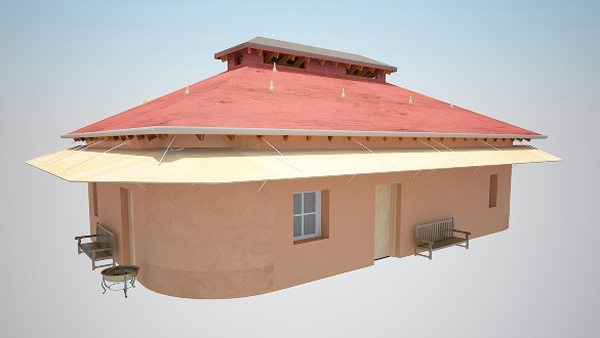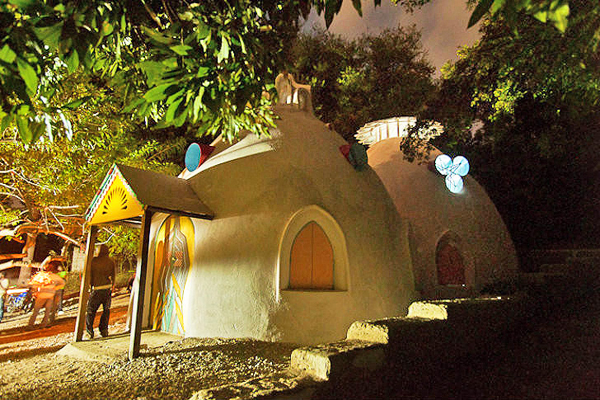
“Konbit Shelter is a sustainable building project with the objective of sharing knowledge and resources through the creation of homes and community spaces in post earthquake Haiti. We are a group of artists, builders, architects, and engineers, who, after the January 2010 earthquake, asked ourselves how we could use our skills and resources to directly assist another community in a time of crisis.
earthbag shelter
Kay e Sante nan Aiti
$229,000 FEMA Trailers
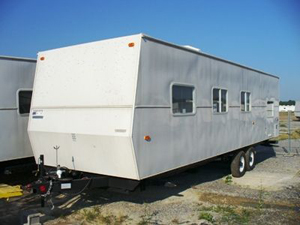
Comments from yesterday’s blog post prompted me to look up the cost of FEMA trailers for Hurricane Katrina victims. We all know the government buys $600 toilet seats, but this report about FEMA trailers really shocked and disgusted me.
“A new report by government watchdogs obtained by NBC News estimates expenses for each FEMA trailer at the Port Bienville site could reach a staggering $229,000.
“I could have bought a brand-new trailer! Or a house even!” Guidroz says.
Shelters for All Update — One Year Later
It’s been about one year since the Shelters for All $300 House design competition. (Earthbag building was the most popular building method.) Let’s look at the progress made since then. Two videos below show their work in Haiti and India.
Emergency Earthbag Shelter with Reciprocal Roof
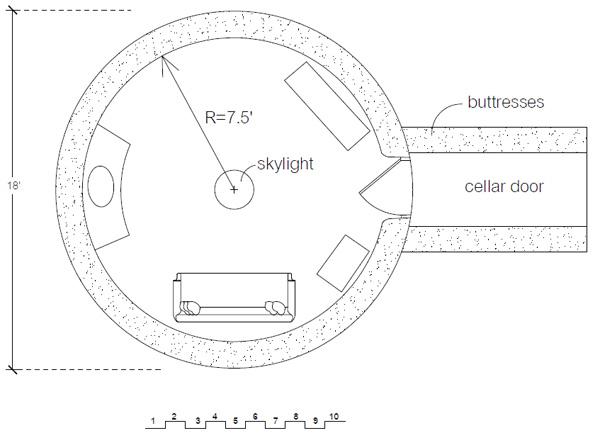
Our blog has quite a few free emergency shelters for various purposes. All designs can be found on this blog using the built-in the search engine. Free detailed plans for these shelters are on our Free House Plans page. I’ll add this latest design there if it proves popular. Leave a comment below if you’re interested in building this earthbag shelter.
Earthbag Tornado Shelter
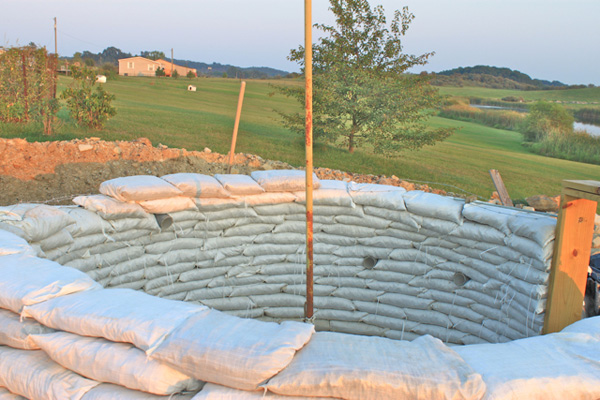
We always enjoy hearing about reader’s projects. A reader just sent me photos of their earthbag tornado shelter in Ohio. We’ve been encouraging earthbag storm shelters since the beginning of this blog, because they’re low cost, efficient, simple to build and can save lives. The links below explain in detail how they’re built.
“I wanted to show you a picture of the work in progress. It took us two summers to build by the way, we had lots of interruptions. We just made sure it was well covered when we weren’t working on it, and well secured for the winter that it didn’t have stucco on it and we didn’t have any problems doing it this way. We live in Southern Ohio so we will have to be very attentive at repairing any cracks due to the weather. We have one already that needs fixed. With the air flow inside the shelter and stucco on the outside hopefully it will dry out quickly if any moisture gets between the stucco and the bags. We will see how it goes.

